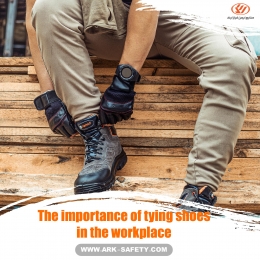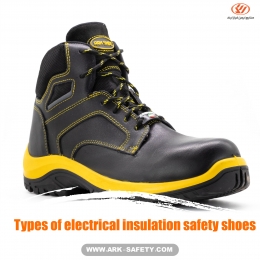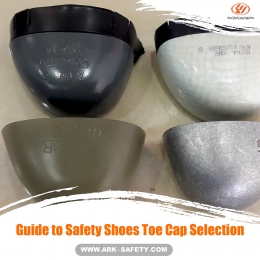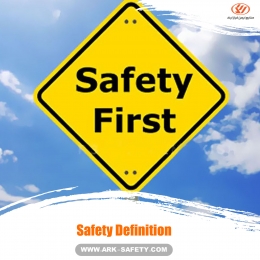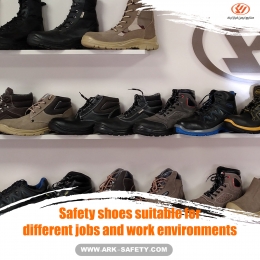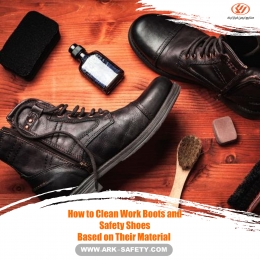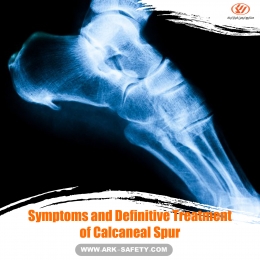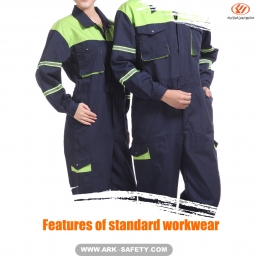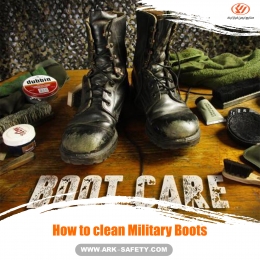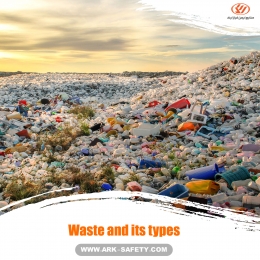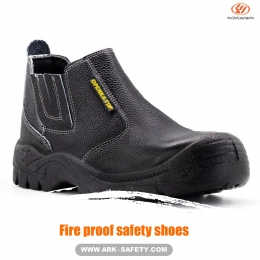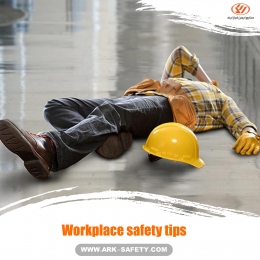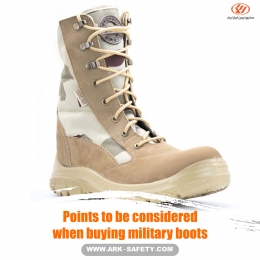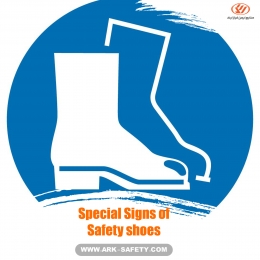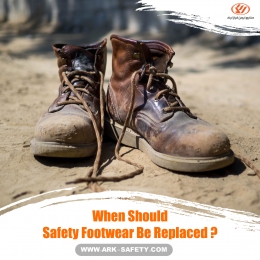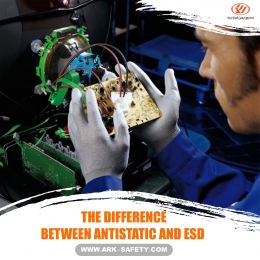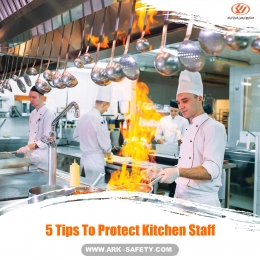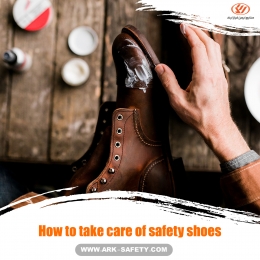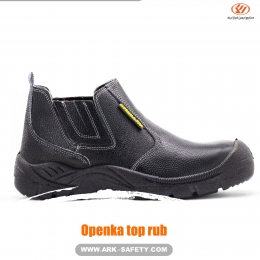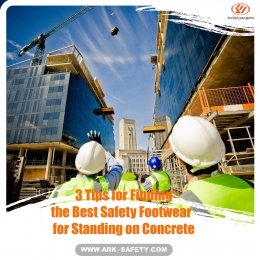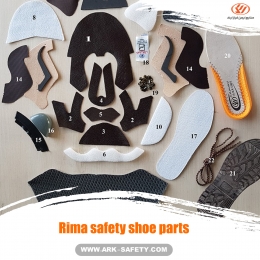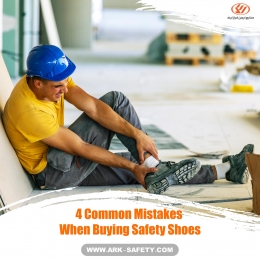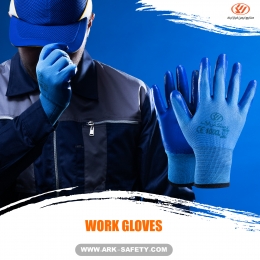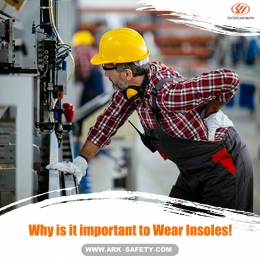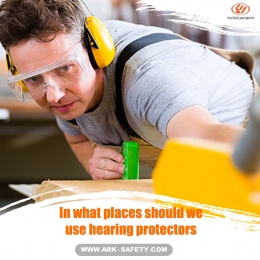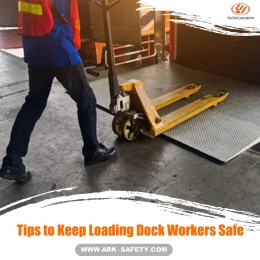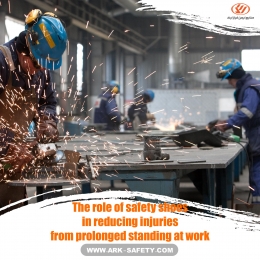Close
Workplace safety tips
Research and studies on major accidents such as Chernobyl and Bhopal and small incidents that endanger the health and lives of millions of people every day have shown that despite the use of all engineering factors and strict protection and safety and health of the workplace There is also the potential for large and small accidents in high-risk industries and environments.
Occupational safety and health (HSE) is one of the most important issues that every person at any level in the work and life environment should pay attention to and neglecting it will sometimes cause irreparable damage and loss.
The point that should never be forgotten is that danger is always lurking. Therefore, we must always think about reducing the damage caused by potential hazards. This means that even if we take all necessary precautions and observe the safety and health of the workplace, we may still be in danger from issues that are out of our minds or due to the mistakes and negligence of others.
Now, if we want to protect ourselves and others from the bites of these dangers or to minimize their effects, we must make arrangements.
11 tips for safety and health at work
Activities related to occupational safety and health processes, including factories, workshops, and manufacturing centers, face specific challenges such as hazardous materials, combustible dust, and other flammable materials. Experts believe that all workplace safety programs should include health and safety activities in their programs, and that each employee should play a role. On the other hand, safety and health activities in the workplace require managerial commitment so that employees realize its importance. Here are 11 tips for doing these activities effectively.
1. Avoid slipping and falling
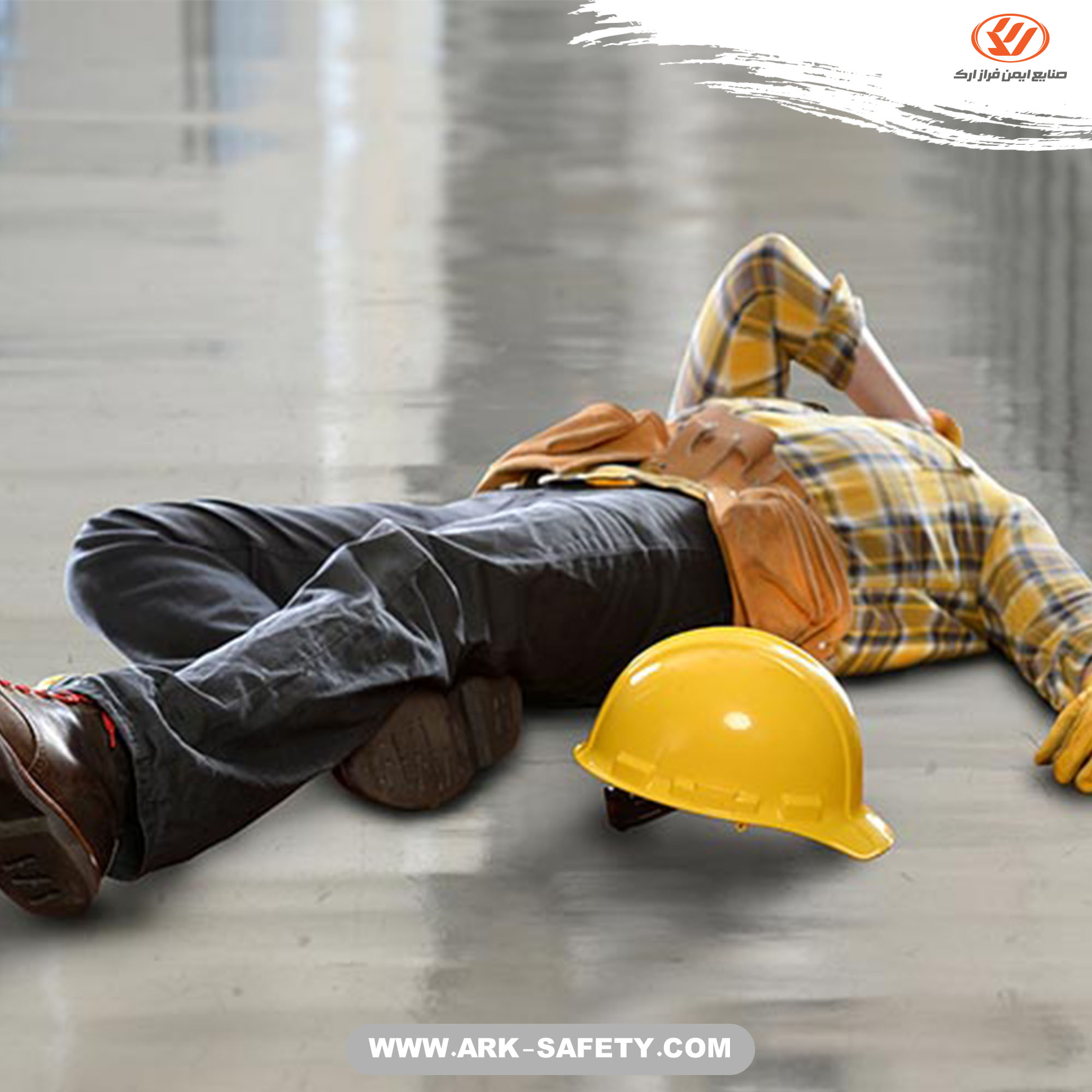
Preventing slips and falls is one of the safety and health activities at work. According to the Center for Labor Statistics in 2013, falls and slips were the second leading cause of non-fatal workplace injuries or illnesses.
According to US Standards of Occupational Safety and Health (OSHA) Levels (1910.22 (a)), all workplaces must be kept clean, tidy and completely hygienic. This law includes passages, warehouses and service rooms. The floor should be dry and clean. Where wetting processes take place, there must be drainage.
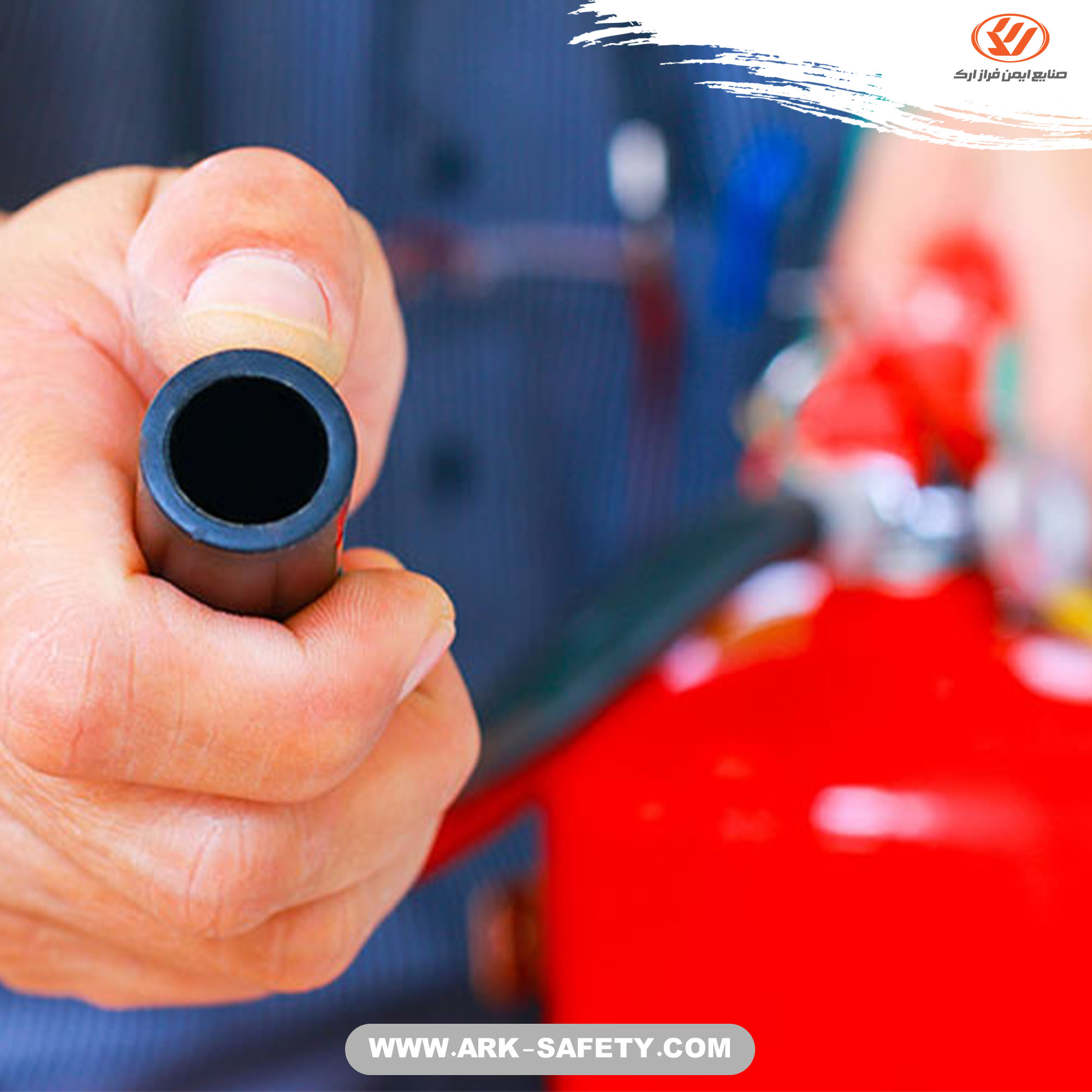
Employees have a duty to prevent the accumulation of unnecessary flammable materials. According to the OSHA Hazardous Materials Standard (1910.160), flammable waste must be collected in special containers and disposed of daily.
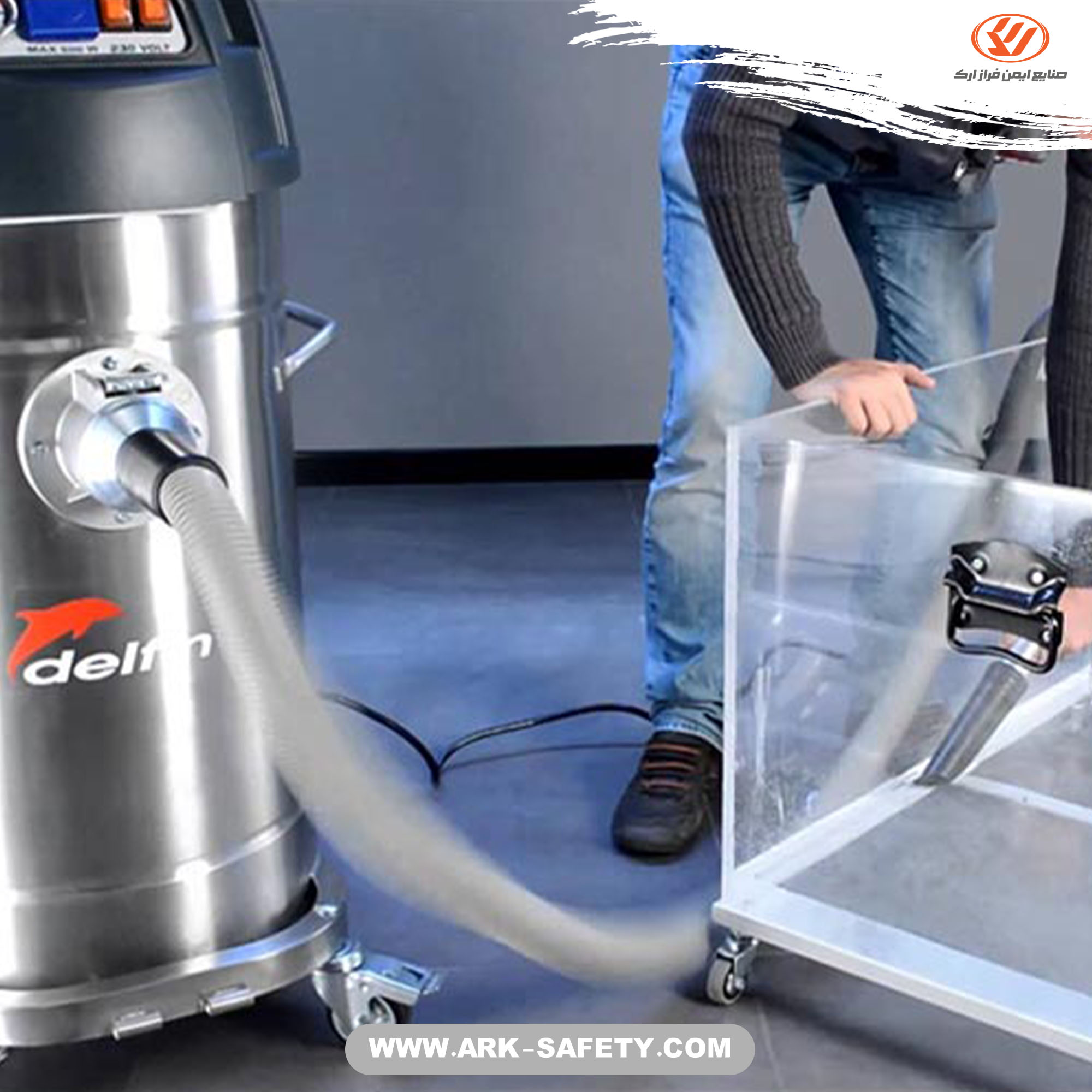
According to the National Fire Protection Association, the accumulation of more than 32.1 gallons of dust per inch or 0.8 mm, which covers at least 5% of the room surface, can lead to a severe explosion. This accumulation of dust is the thickness of a coin or paper clip.
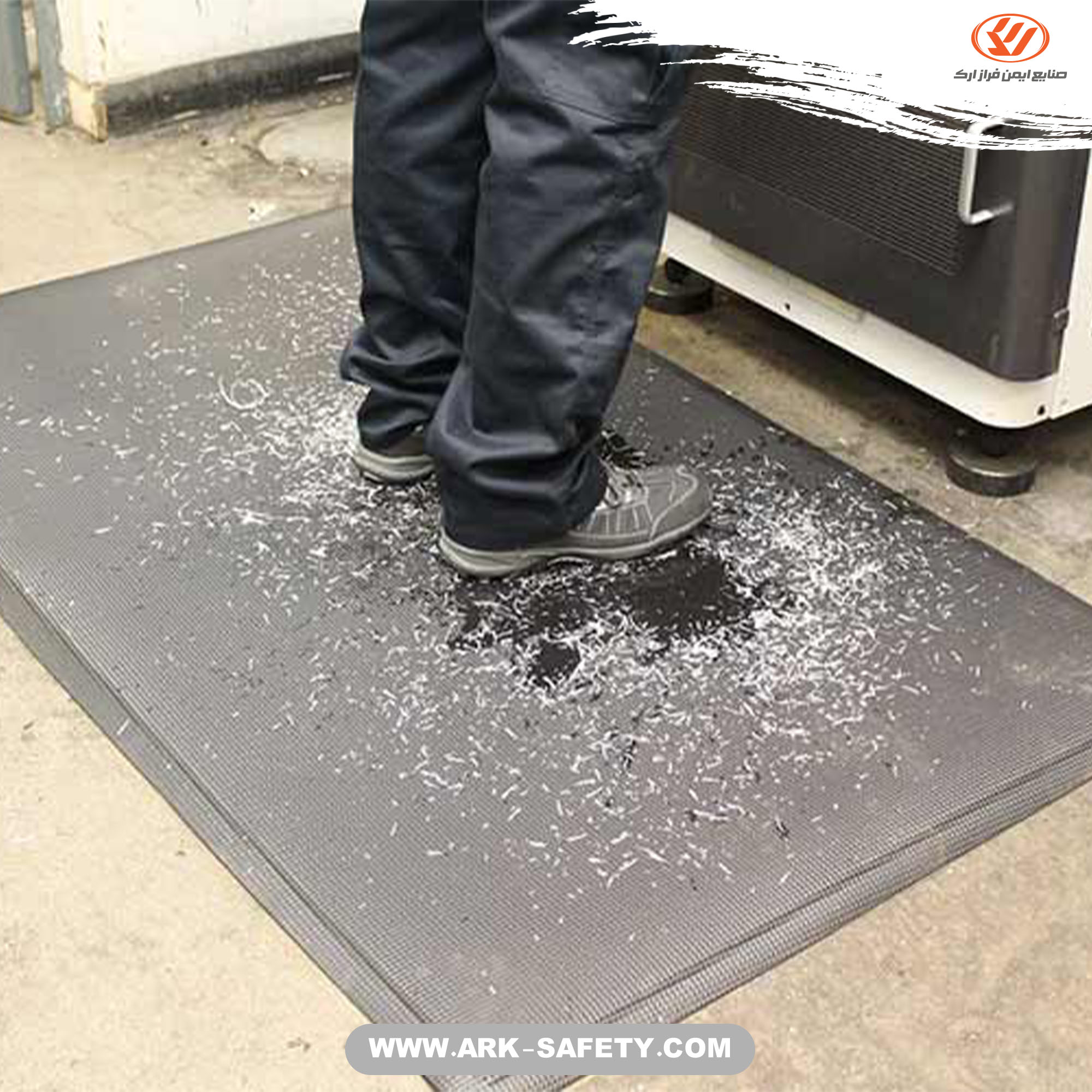
Workplace soles, which can be cloth or sticky, must be clean and well maintained. According to Gray, this prevents the release of hazardous substances to other places. Examine all footrests to ensure that hazardous materials are not transported through them.
2. Eliminate fire hazards

Employees have a duty to prevent the accumulation of unnecessary flammable materials. According to the OSHA Hazardous Materials Standard (1910.160), flammable waste must be collected in special containers and disposed of daily.
3. Control the amount of dust

According to the National Fire Protection Association, the accumulation of more than 32.1 gallons of dust per inch or 0.8 mm, which covers at least 5% of the room surface, can lead to a severe explosion. This accumulation of dust is the thickness of a coin or paper clip.
According to Gray, an industrial health professional should test the work environment for potential hazards associated with air quality and dust.
NFPA 654, which is a standard for fire and explosion prevention, emphasizes the identification of hazardous areas, dust control, and safety and health activities. This standard states that dust suction is a desirable method of cleaning. T-shirting and rinsing can also be other options. The use of air pumps is also permitted for unsafe or inaccessible surfaces.
4. Prevent materials from flowing into the workplace

Workplace soles, which can be cloth or sticky, must be clean and well maintained. According to Gray, this prevents the release of hazardous substances to other places. Examine all footrests to ensure that hazardous materials are not transported through them.
5. Avoid spilling objects
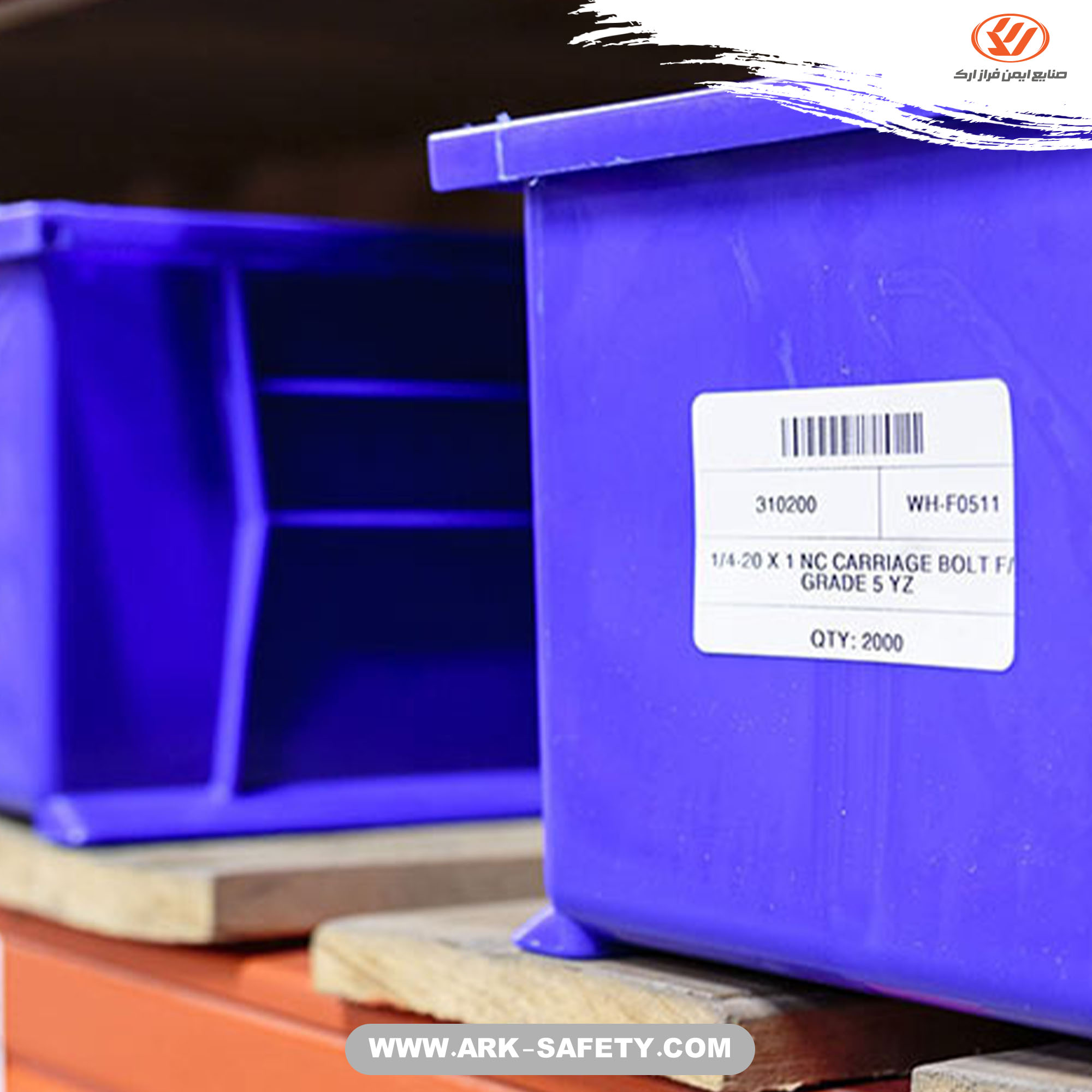
Preventing dumping of objects is one of the activities related to occupational safety and health that must be considered.
6. Arrange the clutter
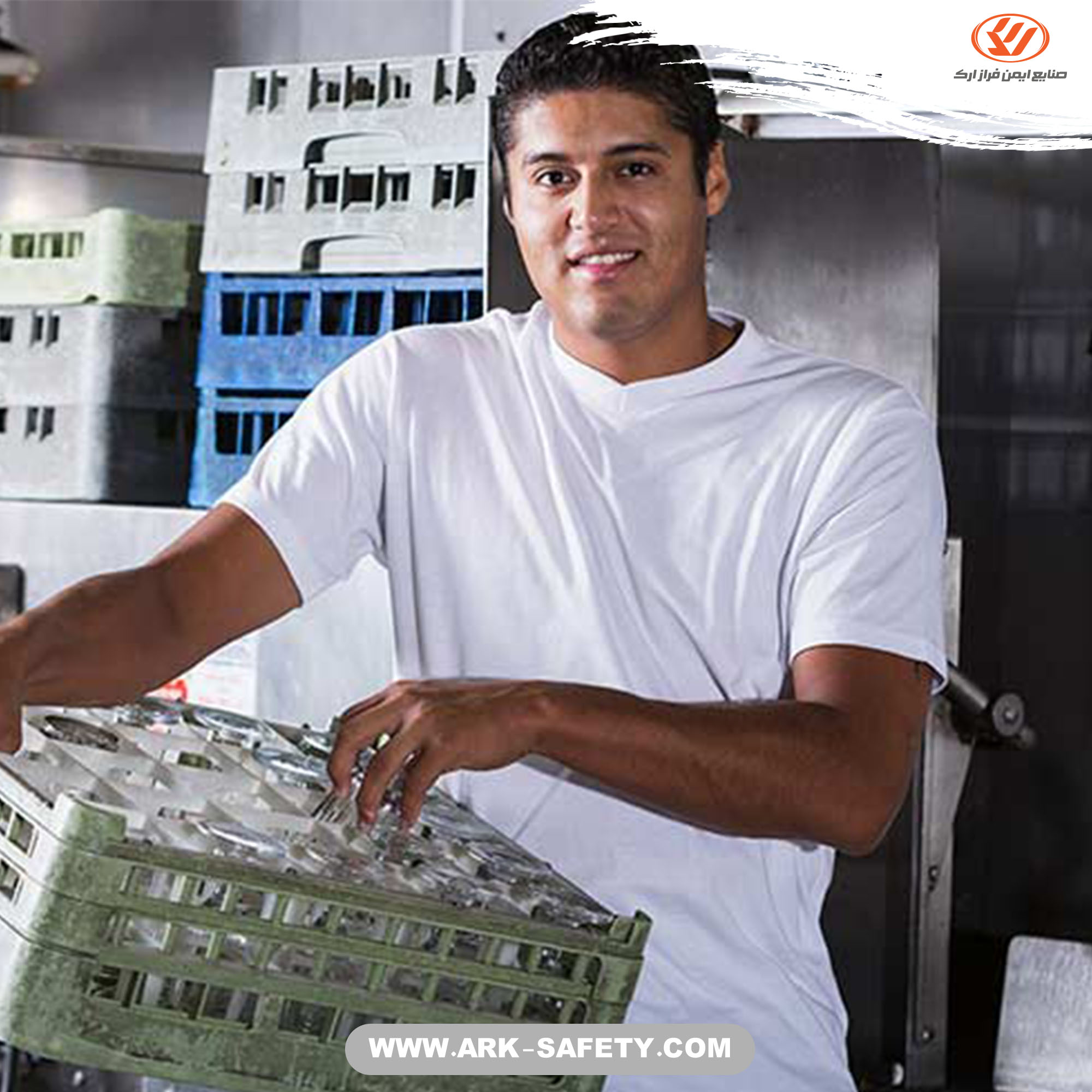
From a theoretical point of view, a cluttered work environment can lead to ergonomic problems and injuries because employees have less room to move. "When something is messed up, the chances of cuts and injuries increase," he says. In this case, you will not have enough space to properly set up your workstation and move around in the environment. "In this situation, employees have to twist themselves at any moment to cross somewhere."
7. Store materials properly
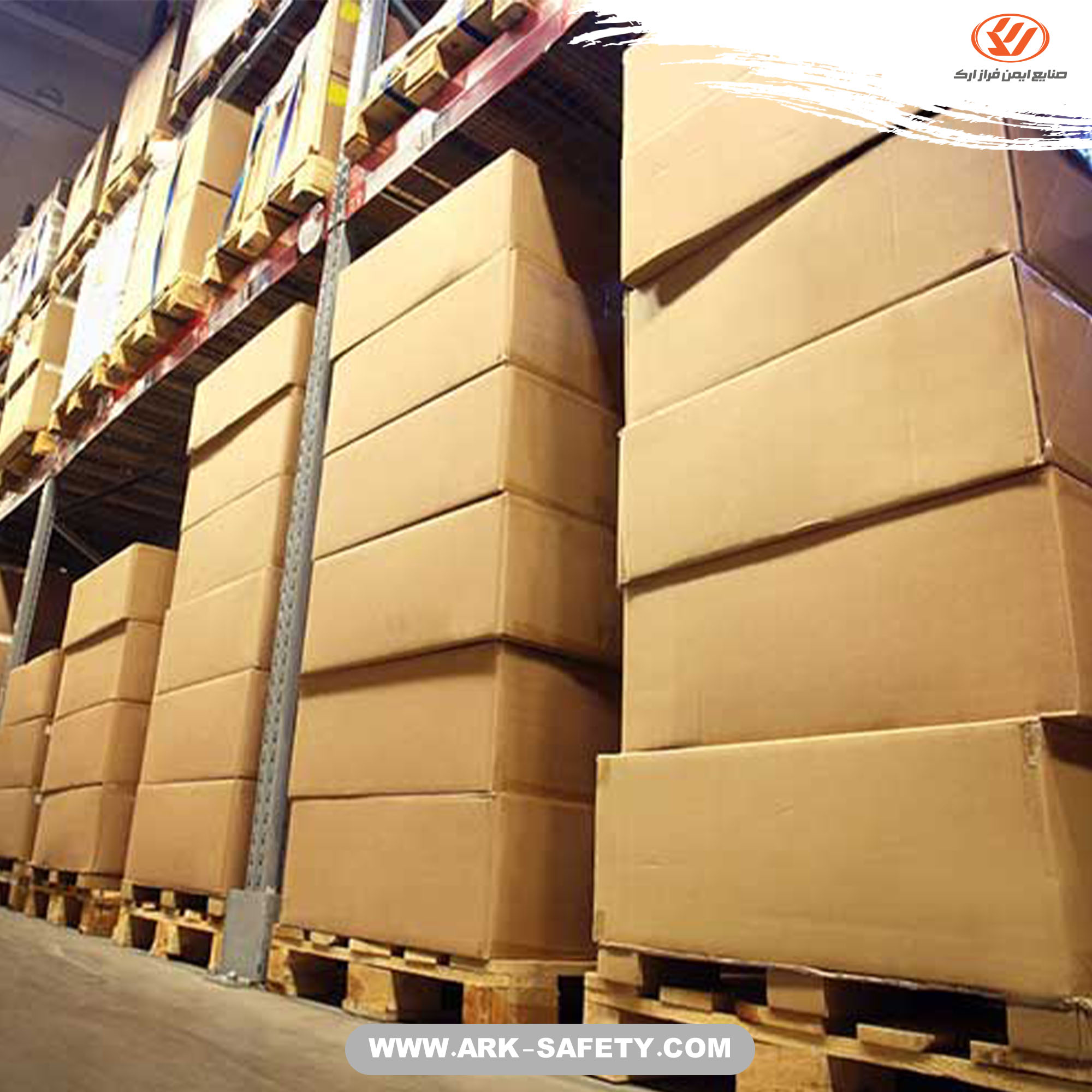
According to the OSHA (1926.250) Material Handling, Warehousing, Use, and Disposal Standard, materials that carry a risk of explosion, fire, or poison release should not be stored in storage areas.
According to Erico, the mistake some employees make is to place storage ladders or other items in electrical cabinets, which, in addition to violating OSHA rules, clogs the electrical panel and can cause a fire.
8. Use and inspect personal safety tools and equipment
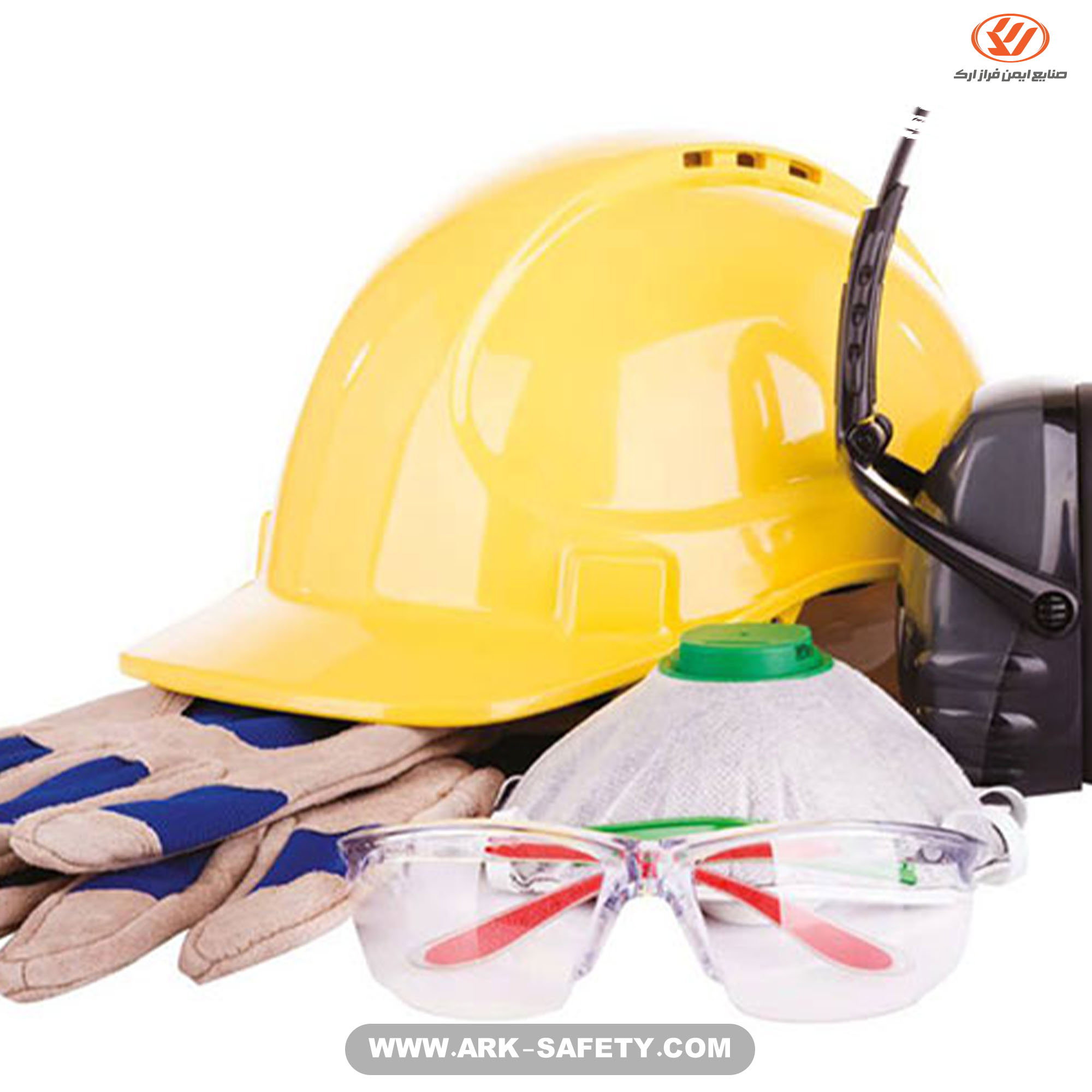
According to Erico, most employee compensation cases are for people who have not used personal safety equipment while cleaning and have suffered injuries. "When cleaning the workplace, use personal safety equipment such as shoes and goggles," says Gary. "Decide on the type of safety clothing you should wear, given the possible risks and dangers."
9. Determine the frequency of repetition of safety and health activities
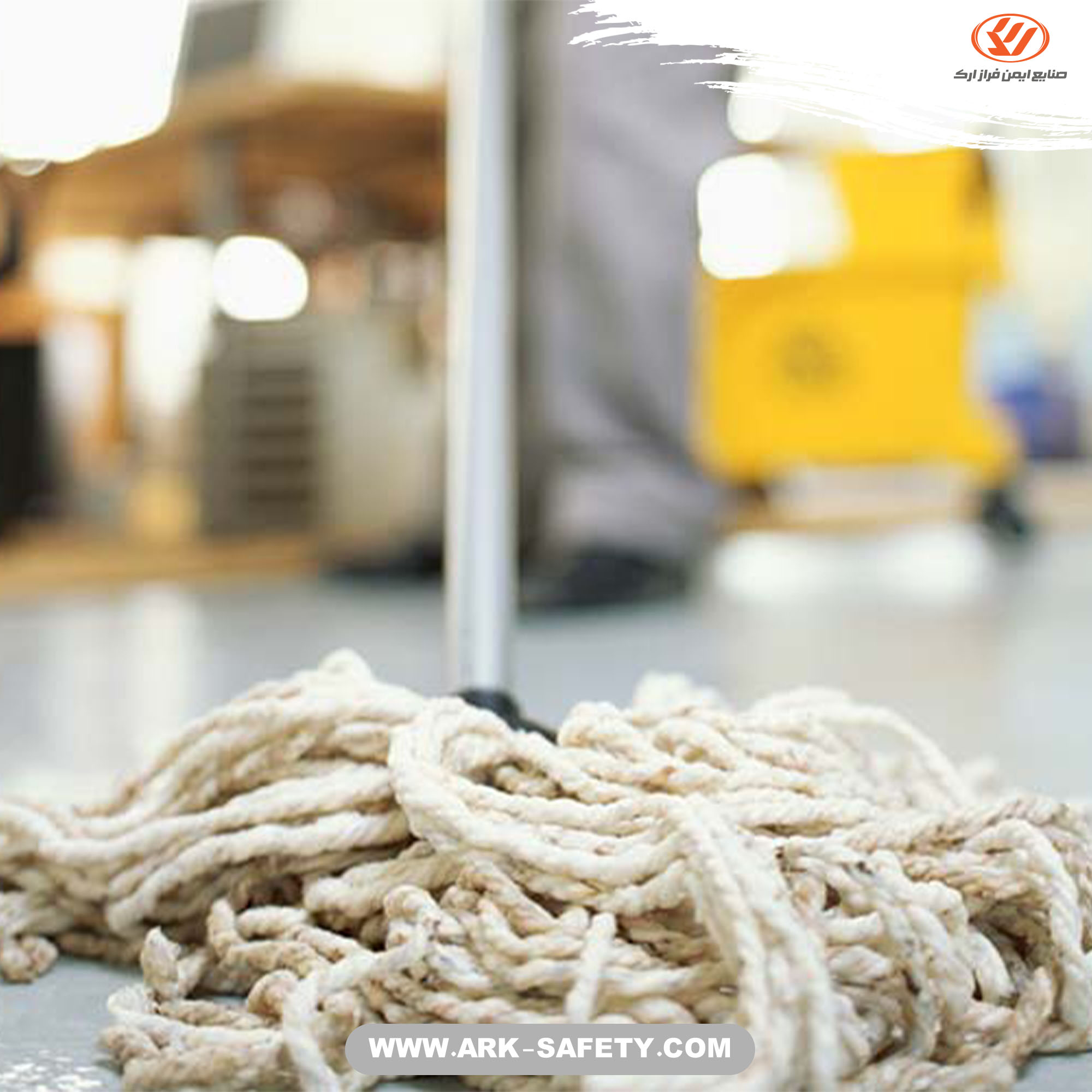
All employees should participate in safety and health activities, especially workplace sorting, report safety hazards, and clean up spills and spills. "Every worker has to play a role in these activities and report any problems," says Arnhols.
Before the end of the shift, employees should inspect and clean their work environment and dispose of unusable materials. This can reduce the time it takes to clean up next time.
The amount of particulate matter or contaminants produced in the workplace can determine the frequency of repetition of safety and health activities. According to Norton, a company should include a combination of general and thorough cleaning and light and frequent cleaning, including scrubbing and cleaning.
10. Prepare codified rules

Laws should be made regarding occupational safety and health activities.
Establish effective rules for occupational safety and health. Experts agree on the need for safety and health policies. According to Norton, in this way, such activities take a formal and defined form. Codified programs can specify which detergent, tool, or method should be used.
Norton adds: "In our research we have seen many gaps in the effectiveness of floor cleaning. The floor is often ignored. "That`s why we think it`s important to write part of the program and define a training course for employees to get to know and follow the right practices."
11. Think long term
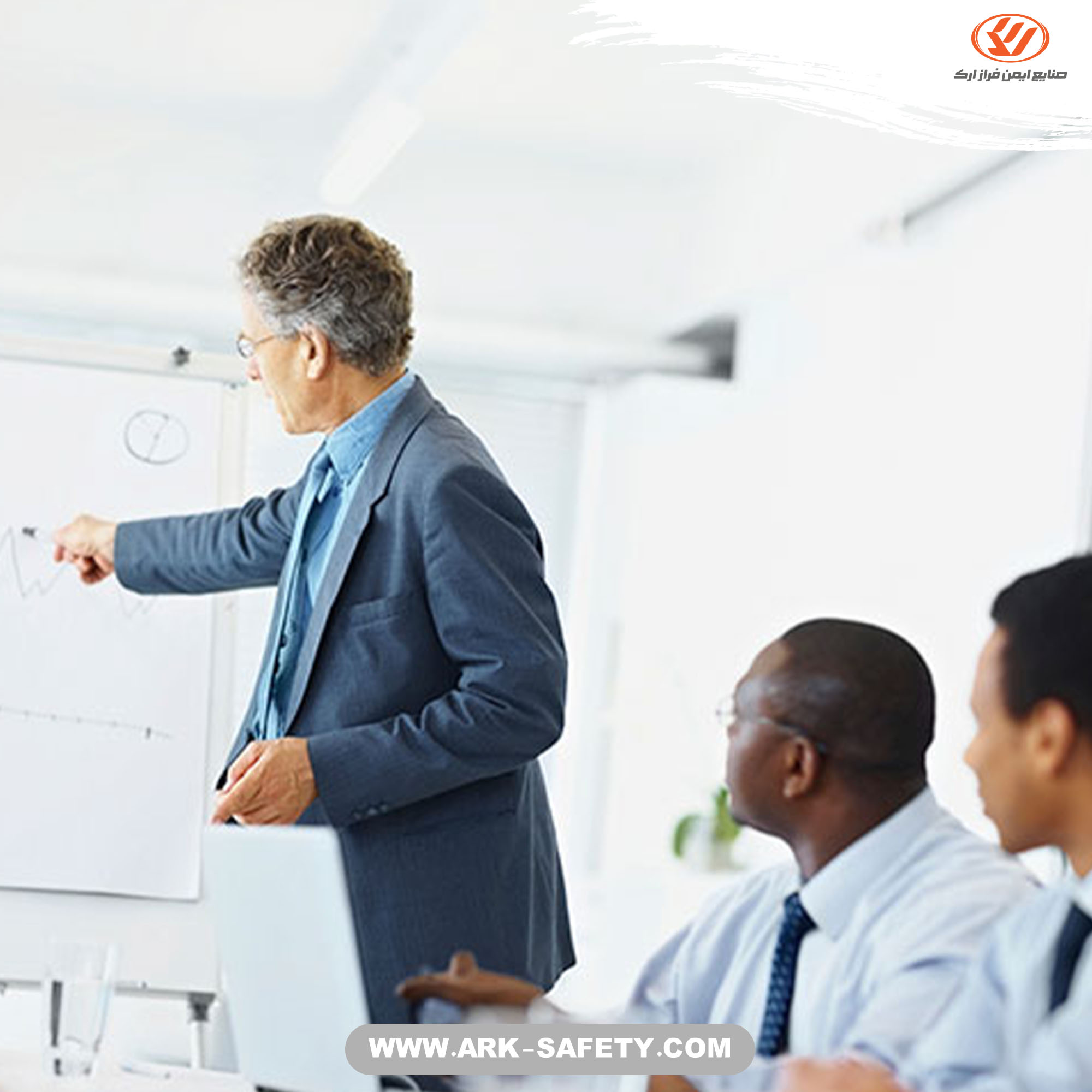
Long-term thinking is essential to the proper performance of occupational safety and health activities
Safety and health activities are not one-time measures and should be continued with monitoring and evaluation. Keep records and records, have an inspection schedule, report potential hazards, and remind staff of the need to continue safety and health activities. Set goals and expectations and make your assessments based on those goals.

 Military Shoe
Military Shoe
 Safety Shoe
Safety Shoe
 Work Wear
Work Wear
 Office Shoe
Office Shoe
 Hiking Shoe
Hiking Shoe

